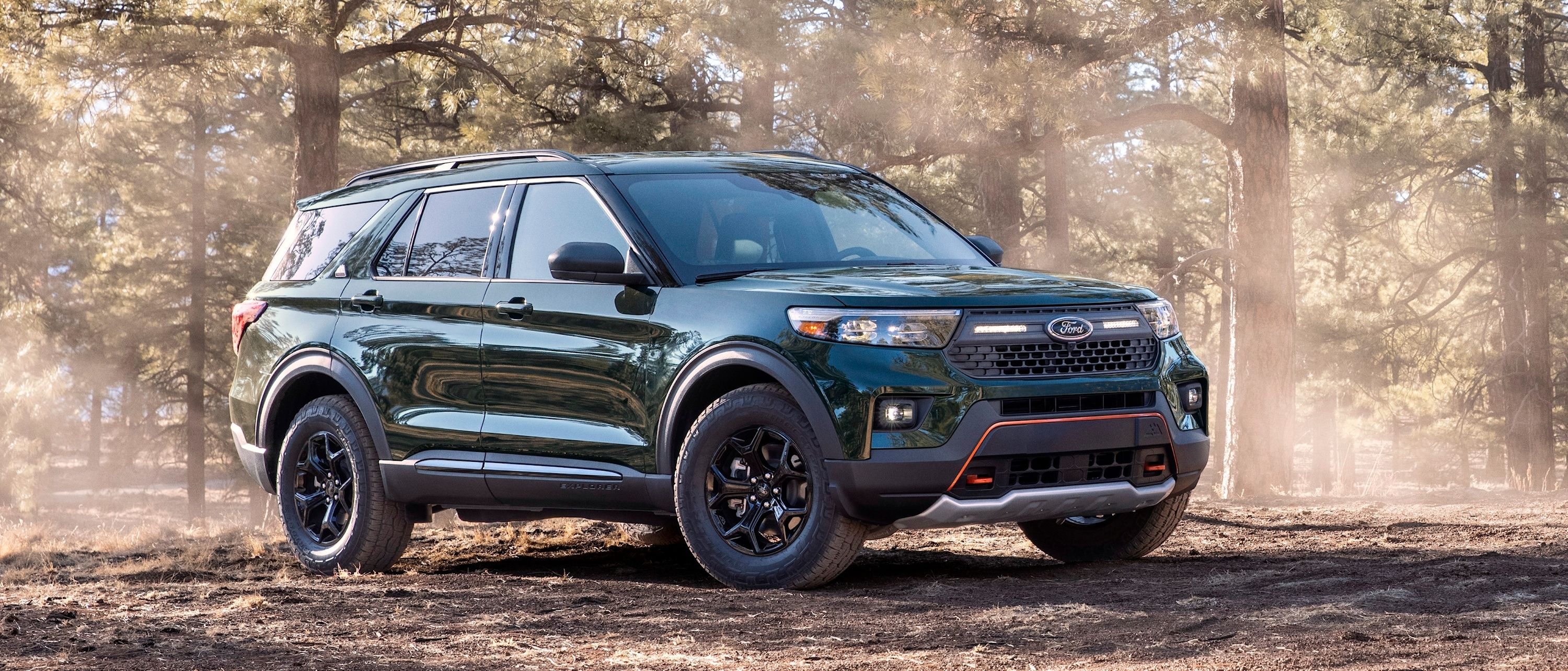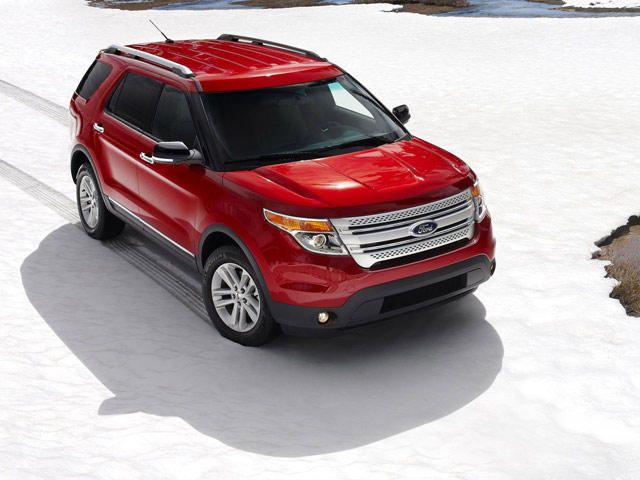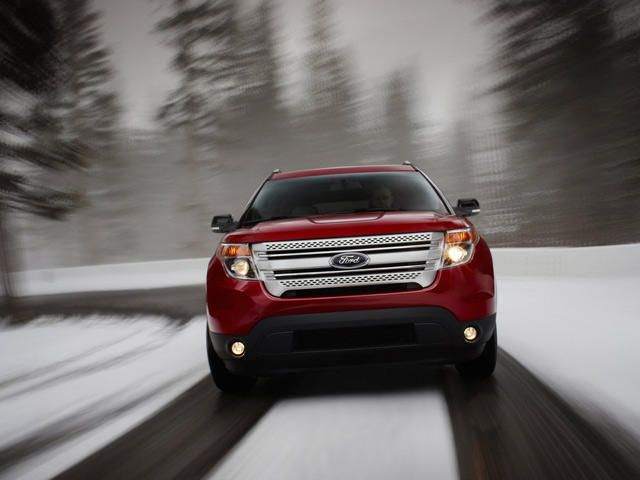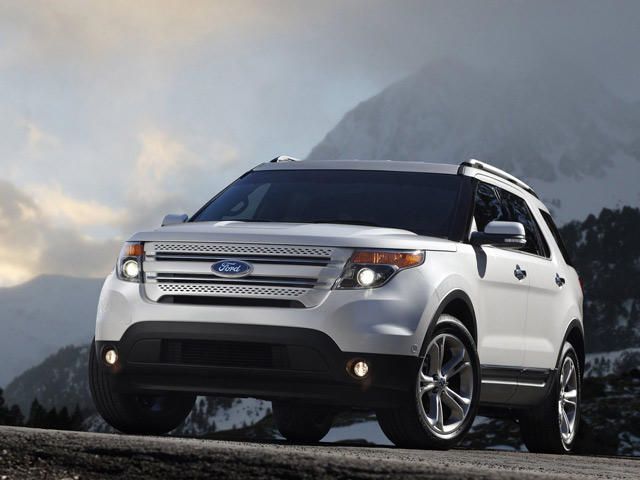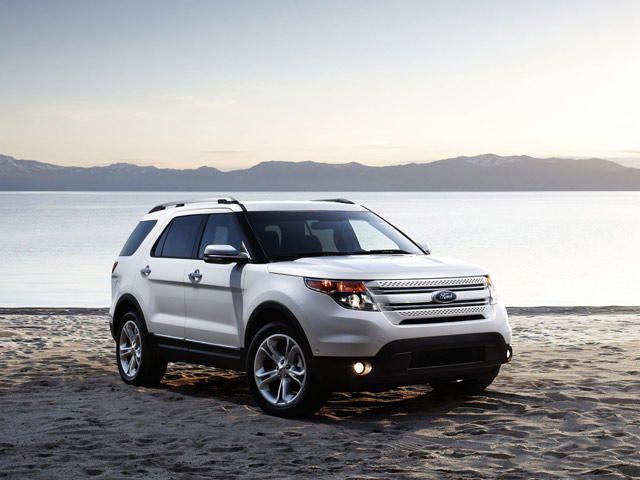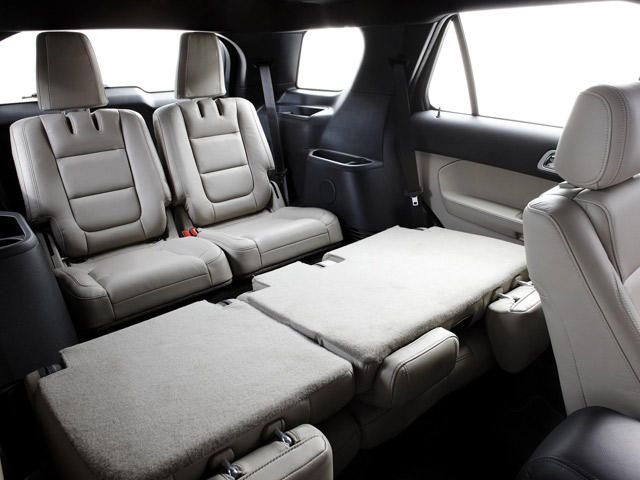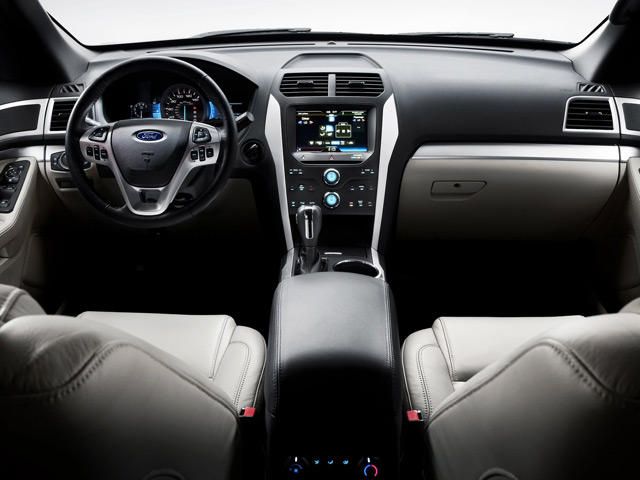First Look: Ford Explorer EcoBoost
Cars have, on the whole, gotten much better in recent years. Even the dullest cars, and those you would call terrible by today's standards, are still huge improvements over the terrible cars of decades past. But despite these improvements, carmakers can still put out some serious what-where-they-thinking-mobiles. The Pontiac Aztec, the BMW 5-Series GT, the Nissan Murano CrossCabriolet, these mistakes tend to be made when carmakers try to fill niches that don't exist.
They also tend to run into problems when it comes to crossovers, and it is logical that a vehicle with an ambiguous purpose would be far more likely to come out wrong. With the 2011 Explorer model, Ford abandoned both the body-on-frame construction and the optional V8 of the previous models, a move which was made because the people who were buying Explorers didn't really need those things anyway. Ford figured (correctly) that they could eliminate some of the biggest MPG-killers in the Explorer and most customers wouldn't even notice.
Now it seems that they might have gone a bit too far, bolstered by a false sense of security from the (massive) success of the EcoBoost-powered F-150, Ford has put a four-cylinder engine in the Explorer for the first time ever. This 2.0-liter EcoBoost produces 240hp and 270lb-ft of torque, figures which are fine for a midsized sedan, but come up a bit short on a vehicle weighing 4,500lbs. The Explorer is built on Ford's D4 platform, a raised and stretched version of the D3 platform that the Taurus is built on, and which Ford originally inherited from Volvo.
Ford has also wedged the 2.0 EcoBoost into the platform-mate Edge and we'll be seeing a four-cylinder Taurus for 2013. That's all fine and good, but the Explorer is the heaviest of the lot, and if there is only one vehicle where Ford's engine downsizing is getting ahead of itself, this is it. Ford is aware of the Explorer's weight disadvantage, and the EcoBoost can only be had on FWD models, and towing capacity is listed at just 2,000lbs. Since Explorer owners so rarely go off-roading or tow anything, these should once again be features which nobody misses, but the sad fact is that it isn't.
As good an engine as the EcoBoost is, Ford have just plain overextended themselves this time, and have compromised the EcoBoost Explorer out of relevancy. With the Prius V hitting showrooms any day, car buyers who care only about fuel economy and seating for seven have a much more practical option. Ford might be right that the EcoBoost Explorer is better suited to what crossover drivers actually use them for, but they seem to have forgotten that buying a crossover is not a decision based on practicality in the first place, as the practicality-minded would just buy a station wagon.
People buy crossovers because they like the idea that their car has some truck in it, and while unibody construction might let them hold onto the fantasy, the EcoBoost engine takes away just a little bit too much of the truck image. The EcoBoost Explorer is actually pretty well suited to the task of shuttling between Whole Foods, soccer practice and the subdivision, and that's exactly why people won't buy them. Photos displayed are of the 2011 Ford Explorer.

